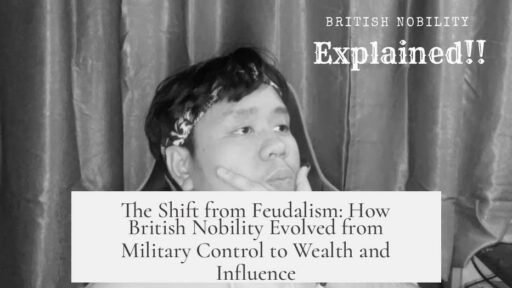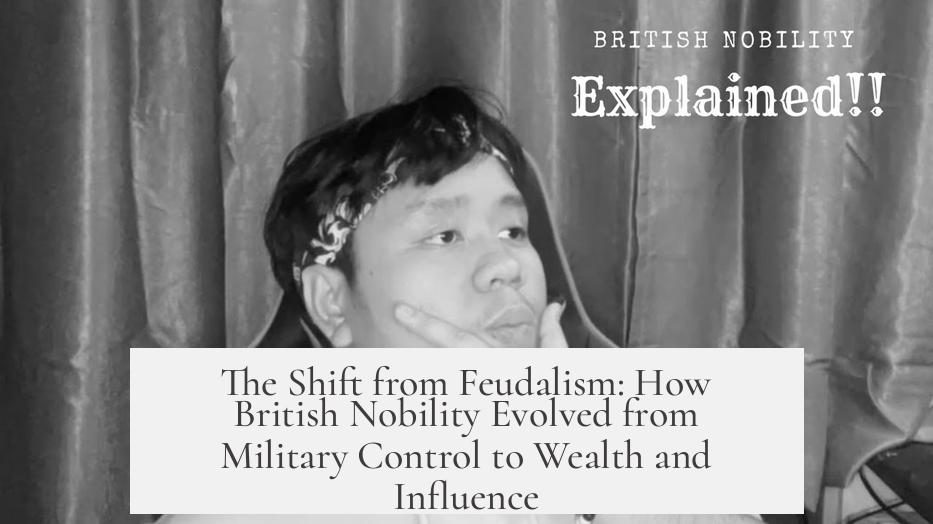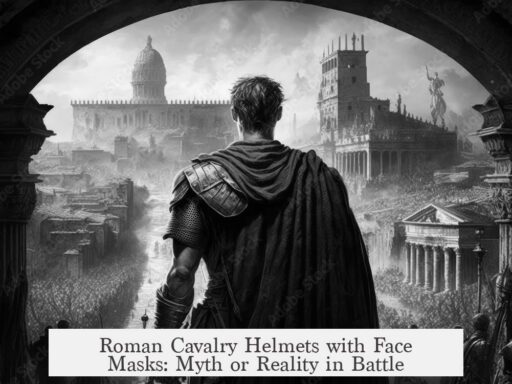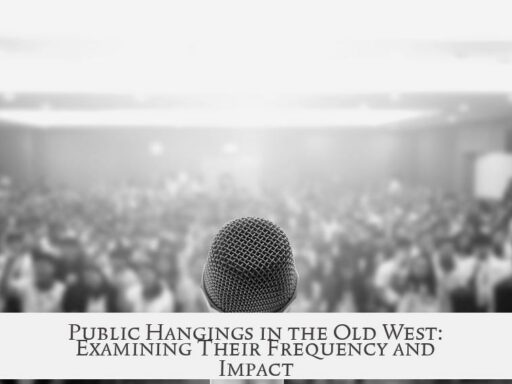Feudalism in Britain ended gradually through a series of social, economic, and political changes from the 14th to the 17th centuries, transforming the British nobility from direct military and political rulers into wealthy and influential landowners.
This transition began in the late Middle Ages as contrary forces reshaped England’s society. The Black Death (1348-1350) halved England’s population, causing acute labor shortages. Peasants gained bargaining power to demand higher wages. In response, the monarchy attempted to maintain the old order by legislating wage controls through the Ordinance of Labourers (1349) and the Statute of Labourers (1351), which aimed to limit workers’ pay back to pre-plague levels.
Such restrictions fueled widespread resentment, leading to the Peasants’ Revolt of 1381. This uprising exposed the fragility of traditional feudal bonds. It resulted in the effective end of serfdom by 1400, as former peasants gained relative freedom and resources. This shift fostered early capitalism in England, moving away from strict feudal dependence.
The Wars of the Roses (1455–1487) further diluted noble military power. Nobles previously raised private armies, but Henry VII curtailed this by banning livery and private forces. He imposed fines on nobles with personal troops, concentrating military authority under the crown, thus diminishing the nobles’ independent warfare capability.
The English Civil War (1642-1651) and Glorious Revolution (1688) significantly altered political structures. The execution of Charles I and the temporary establishment of a republic reduced noble privileges. Later, the Glorious Revolution resulted in constitutional changes like the Bill of Rights (1689), affirming Parliament’s supremacy over the monarchy. Nobility lost political autonomy as the crown became answerable to Parliament.
The nobility’s wealth historically came from land ownership, which was the main economic resource for centuries. Initially, nobility reflected not just social status but economic dominance through land. Over time, nobility became a distinct social class with legal restrictions on land inheritance and marital entry. Landlords managed estates worked by peasants or tenant farmers, reinforcing traditional power.
From the 17th century onward, nobles held dominant roles in Parliament, often occupying seats in the House of Lords or Commons. They resisted absolute monarchy, maintaining influence in governance. Yet, wealth concentration began to shift during the Industrial Revolution in the 19th century. As industrial capital grew, agriculture became less profitable and less central to the economy. The Corn Laws exemplify attempts by the nobility to protect their agricultural income, but these efforts were insufficient.
Industrialization pushed economic focus toward urban centers, increasing urban populations dramatically while rural areas declined. This demographic shift diluted noble influence since many people left rural estates to live and work in cities. There, new industrial capitalists gained economic and political prominence.
Political reform in the 19th century addressed disparities in representation. Rural constituencies with few inhabitants (“rotten boroughs”) maintained disproportionate noble influence. Reform Acts gradually reallocated political power to urban areas, reflecting the changing social and economic landscape. By the early 20th century, this process had ended the noble monopoly on governance.
The military role of the nobility also evolved. The rise of centralized, professional forces like the New Model Army (mid-17th century) placed military power under parliamentary control. Nobles no longer commanded private armies but served as officers within state military structures, integrating their status into national institutions rather than independent military command.
Thus, the British nobility transformed into a class marked largely by wealth and social influence, rather than direct political rule or military command. Their enduring power rested on land ownership and social prestige but depended increasingly on adapting to parliamentary governance, legal reforms, and economic modernization.
| Factor | Impact on Feudalism and Nobility |
|---|---|
| Black Death | Labor shortages gave peasants leverage; undermined serfdom and feudal obligations. |
| Peasants’ Revolt | Marked decline in serfdom; increased peasant rights and early capitalism. |
| Wars of the Roses | Reduction of noble private armies; centralized military under crown. |
| Civil War & Glorious Revolution | Ended absolute monarchy; established parliamentary supremacy. |
| Industrial Revolution | Reduced agricultural dominance; rise of industrial capitalists and urban power. |
| Political Reforms | Redistributed power from rural nobility to urban centers. |
- Feudalism ended gradually through social upheaval, legal reforms, and shifting power dynamics.
- Nobility lost military power as centralized state armies replaced private forces.
- Parliamentary supremacy gradually eroded noble political autonomy.
- The nobility remained wealthy due to land ownership but adapted to new economic realities.
- Industrialization and urbanization shifted wealth and power away from rural nobles.
How Did Feudalism “End” in Britain? The Noble Shift from Swords to Silver
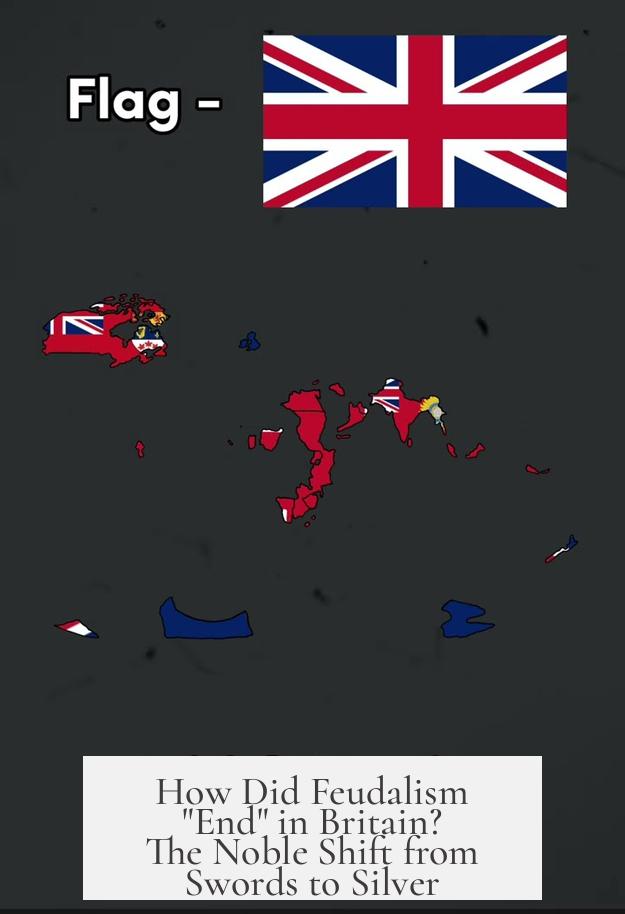
Feudalism in Britain didn’t just get up one day and quit; it slipped out the door quietly, over centuries, pressured by plague, revolt, politics, and economics. The dramatic shift was less about nobles losing everything overnight and more about a slow transformation—where their power moved from wielding armies to amassing land and wealth, influencing society in subtler, but no less potent, ways.
So, how exactly did this happen? Why did British nobility trade direct military and political power for a role that revolved around influence and riches instead? Buckle up. It’s a fascinating journey through history, social upheaval, and economic evolution that changed the face of Britain forever.
The Slow Fading of Feudalism: Not a Bang, but a Whisper
Let’s get this straight: feudalism did not end with a flashy curtain call. No single event waved a magic wand and said, “Game over.” Instead, it dwindled through a series of impactful moments and shifts.
Initially, the aristocracy was still very much in control. Yet, even by the 13th century, cracks had begun to show. The Magna Carta of 1215 was a milestone, where both commons and lords gained representation in Parliament. Suddenly, the peasants and townsfolk found voices that could challenge the dominance of their lords—slowly but surely chipping away at feudal control.
The Black Death: Plague as an Unexpected Catalyst (1348-1350)
Enter the Black Death—the medieval realm’s worst-kept secret if you lost half your population overnight. This pandemic ratcheted up the social imbalance.
With about 50% of England’s people wiped out, the labor force thinned dramatically. Peasants weren’t just backbreaking workers anymore; they recognized they could ask for higher wages. Landlords were none too happy about this wage inflation. King Edward III tried to keep peasants down by enacting the Ordinance of Labourers in 1349 and the Statue of Labourers in 1351. Both laws tried to freeze peasant wages to pre-plague levels.
Did it work? Not quite. Peasants were simmering with resentment, leading directly to…
The Peasants’ Revolt of 1381: No More Serfdom
Think of it as the medieval equivalent of a neighborhood meltdown. The commons rebelled, angry at wage restrictions and oppressive taxes, storming London, torching the Savoy Palace, even killing the Chancellor and Treasurer.
The revolt shook the foundations of feudal control. By 1400, serfdom was effectively dead. Peasants acquired more freedom and income—ushering in the dawn of capitalism in England. Imagine that—peasants gone from farmhands shackled to land into money holders with choices.
The Wars of the Roses and Rising Royal Authority
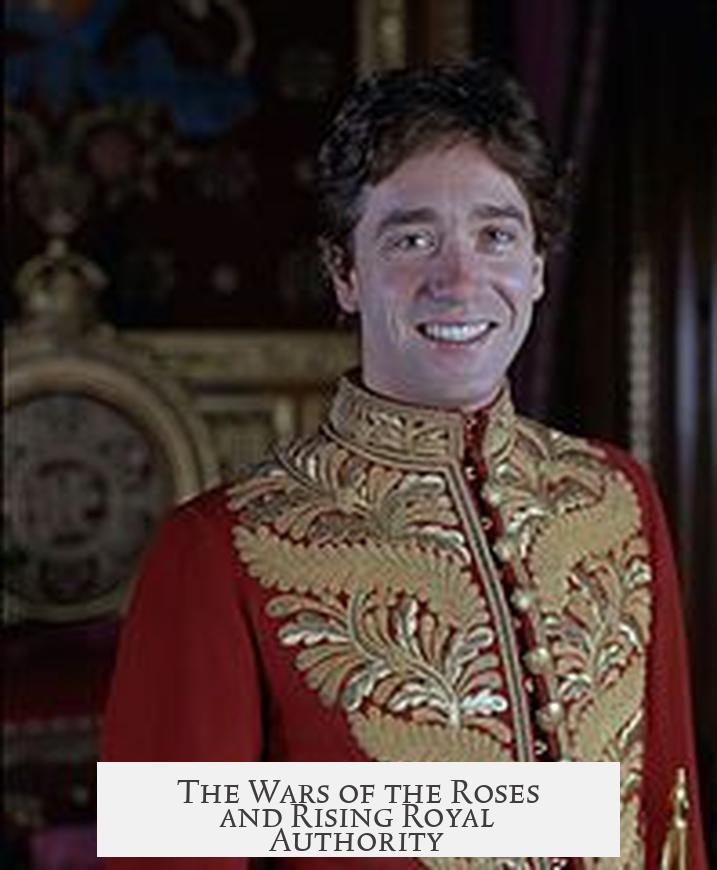
Even after feudalism’s decline, nobles still wielded military might. The Wars of the Roses (1455–1487) were a noble free-for-all, each faction competing with privately raised armies.
Then came Henry VII in 1485 and his rule-through-law approach. To prevent nobles from becoming kingmakers again, he outlawed “livery”—no more noble color-coded armies—and fined any lord maintaining private troops. In essence, he took the military muscle away from the nobility and funneled it to the crown.
From Feudal Lords to Parliamentary Players: The 17th Century Shake-up
Fast forward to the English Civil War (1642–1651). This was the final showdown. Parliament versus the king, nobles on both sides. But when King Charles I was executed in 1649, it symbolized the nobility’s declining grip on political power.
England moved to a republic for over a decade. Nobles faced suspicion and many lost influence as Parliament took harsher stands against aristocratic privilege.
The Glorious Revolution of 1688 capped this off. William of Orange agreed to the Bill of Rights, establishing parliamentary supremacy over the monarchy. With the crown answerable to Parliament, feudalism’s last threads were cut. Nobles could no longer rule by divine or hereditary right.
Why Nobles Didn’t Disappear but Evolved: Land, Titles, and Wealth
Here’s the twist: nobles didn’t just vanish. Their power blueprint shifted. Instead of armies, parliaments, and serfs, British nobility focused on land and money.
In early medieval times, land = power. Owning acres was the heartbeat of wealth. Nobility was almost synonymous with great landholdings. Over centuries, landownership stayed critical—even as the meaning of nobility deepened socially. No commoner could just buy land and call themselves noble; bloodlines and heritage mattered immensely.
The Peak of Noble Power: 17th and 18th Centuries
Interestingly, noble influence crescendoed from the mid-17th to the late 18th century. Parliament was basically a club of nobles—or close allies. Even seats in the House of Commons were mostly taken by men of wealth and title. It was a political system designed by and for the aristocracy, reaffirming their status.
This was a unique British twist. Unlike France, where kings crushed noble power, here nobles adapted to maintain it — albeit more politically than militarily.
The Industrial Revolution: New Money, New Power
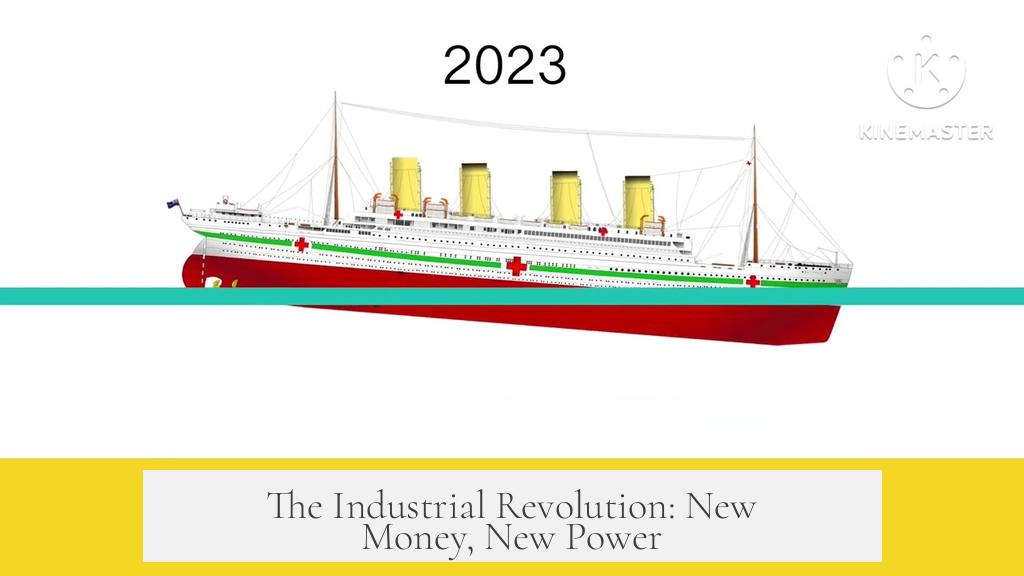
Then the Industrial Revolution exploded onto the scene in the 19th century, rewriting the rules. Suddenly, land was no longer the gold standard of wealth.
Factories, railroads, and mechanized mills birthed a new economic class: industrial capitalists. Their fortunes were built on innovation and commerce, not acres. The old aristocracy tried to defend their interests (hello, Corn Laws) but farming became less lucrative. Maintaining large estates got pricey and less profitable.
Meanwhile, urban centers like Manchester and Liverpool boomed. A demographic tide turned as people moved from farms to cities, escaping noble land control. Nobles’ traditional base of power—the countryside—became less relevant.
The Political Shift: Reform Acts and the End of Noble Monopoly
Growing urban populations demanded political power. By mid-19th century, political influence still skewed rural, thanks to ‘rotten boroughs’—tiny depopulated ridings controlled by a patron, often a noble.
Public backlash forced Change. The Reform Acts slowly eroded noble political monopoly:
- Redistributed seats to cities
- Consolidated rural ridings
- Expanded voting rights
By the 20th century, Parliament was more democratically representative. Nobles retained wealth but lost exclusive political control.
Military Power Moves From Lords’ Arms to State Control
A notable change in military power happened too. The rise of the New Model Army during the English Civil War was revolutionary: a professional force under Parliament control, not nobles.
After 1688, nobles didn’t command private armies. Instead, they served as officers in state militaries. Their swords didn’t run kingdoms; they simply led troops within established national structures.
Summing It Up: Nobles—From Sword-Wielders to Wealthy Influencers
Ultimately, British nobility evolved with the times. Their military and political dominance declined through social upheavals, wars, and economic transformations.
Their land-based wealth remained, morphing into a platform of influence rather than direct power. Through Parliament and society, they wielded significant clout—but without the feudal trappings of serfs and private armies.
Today’s aristocrats may not march armies or decree laws unilaterally. Yet, their legacy persists as they continue shaping Britain’s cultural and social fabric—an intriguing testament to adaptation and survival.
Food for Thought: Was Feudalism Even a Useful Label?

Elizabeth A.R. Brown famously argued that “feudalism” is a slippery concept—too many variations existed to pin down a single definition. Does it serve historians well, or could it obscure as much as it reveals?
So, when pondering how feudalism ‘ended,’ it’s worth remembering it might never have been a clear-cut system to begin with. Instead, it was a patchwork of relationships that unraveled gradually, in different ways throughout Britain.
Practical Takeaways for History Buffs and Curious Minds
- Don’t look for a single end date: History is messy. Feudalism faded over centuries, shaped by many forces.
- Economic shifts matter: The Industrial Revolution wasn’t just about tech—it was political and social revolution, too.
- Power adapts: Losing military and direct political control doesn’t mean losing influence.
- Revolts and laws matter: Peasant uprisings and political reforms show that noble dominance was constantly challenged.
So next time you picture the British nobility, ditch the armored knights brandishing swords. Think instead of wealthy landowners, shrewd politicians, and influential power brokers who transitioned gracefully from the battlefield to the boardroom centuries ago.
How did the Black Death contribute to the decline of feudalism in Britain?
The Black Death killed about half of England’s population, causing labor shortages. Peasants demanded higher wages, challenging the old feudal order. Laws tried to cap wages, but unrest grew, weakening feudal control over peasants.
Why did the Peasants’ Revolt of 1381 matter for the end of feudalism?
The revolt showed peasants rejecting harsh labor laws and serfdom. After the uprising, serfdom declined sharply, freeing peasants and shifting economic power away from lords. This helped end feudal obligations by 1400.
How did Henry VII reduce noble military power after the Wars of the Roses?
He banned nobles from raising private armies and wearing their lords’ colors. Laws imposed fines on nobles who maintained private forces, stopping them from threatening the crown and weakening their direct military power.
What role did the English Civil War and Glorious Revolution play in ending feudalism?
The Civil War led to the King’s execution and the temporary Republic, reducing noble privileges. After the Glorious Revolution, Parliament gained supremacy, limiting royal and noble power, solidifying feudalism’s end politically.
Why did British nobility shift from military power to wealth and influence?
Land was the main power source, but as feudal military roles faded, nobles focused on land ownership and Parliament control. The Industrial Revolution shifted wealth to new industrial capitalists, yet nobles remained influential through wealth and politics.
